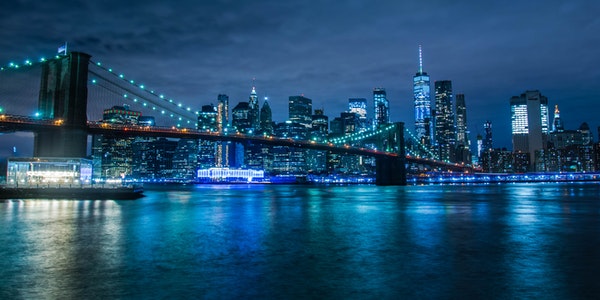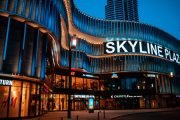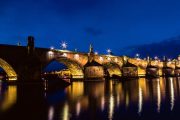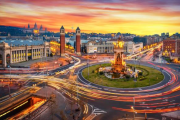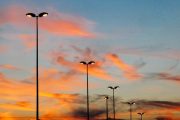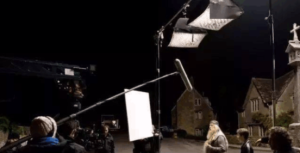With the rapid development of cities, bridges have become one of the very important elements in urban construction. From simple pedestrian bridges to complex overpasses, from river-crossing bridges to sea-crossing bridges, there are various forms and functions. The main function of a bridge is a transportation hub, a key node connecting the two banks or two buried areas, and an important part of the route.
In cities, bridges also symbolize the economic status and technological level of urban development. They often become landmark architectural landscapes. The night lighting of this type of bridge has naturally become one of the important landscapes of the city’s night scene.
For this type of landmark bridge lighting in the city, we found that there are more or less misunderstandings in the lighting design.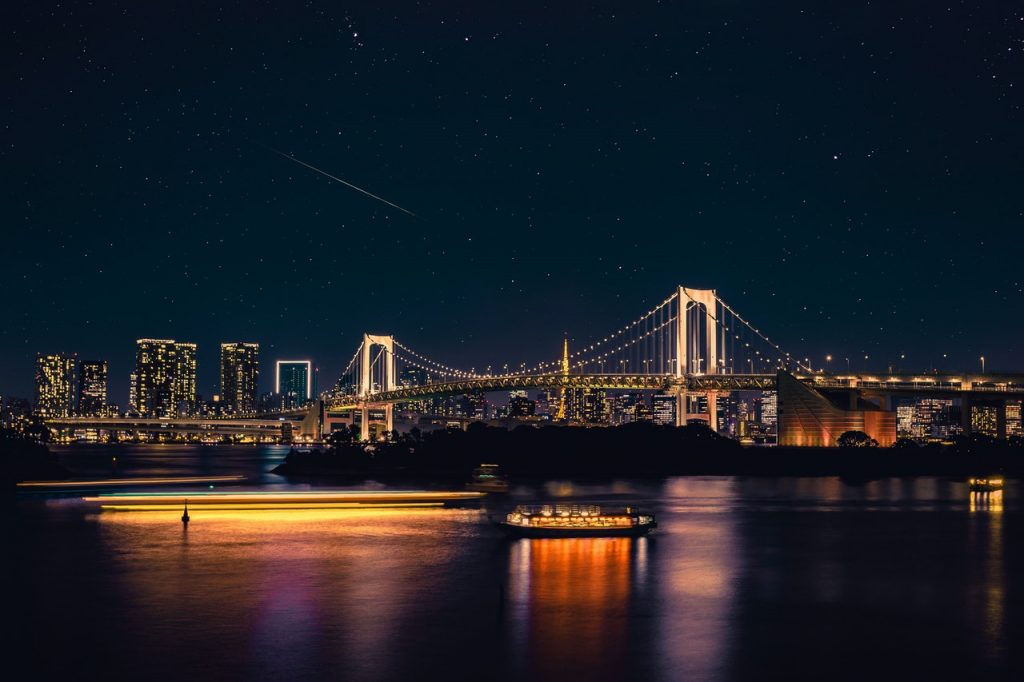
Misunderstanding 1: Too many road lights in the vehicle will affect the functional lighting effect.
Most bridges in cities have the functions of motor vehicle lanes, non-motor vehicle lanes, pedestrian passages, and even railway passages for trains. In the lighting design of this type of bridge, the design specification for road lighting is usually continued, and the street lights are extended from the street to the bridge body and run through the entire bridge. Although this approach satisfies the requirements of functional lighting, it also has a huge impact on the overall lighting effect of the bridge.
As we all know, the view point of the roadway is an important point of view of the bridge landscape, and street lighting is the main means to ensure the safety of driving. So how can we ensure the safety of driving and minimize the visual effect of the night scene of the bridge?
For many landmark bridge landscapes, they usually attach great importance to their lighting effects, so the lighting of the bridge itself has been fully considered and designed. And these lighting have reflected the structural elements of the bridge body and even the detailed structure through the light, and also provided a certain indirect lighting on the road surface. The motor vehicle itself also has its own lighting system, so for the motor vehicle driving on the roadway, it will not cause the phenomenon of being unable to see the road clearly.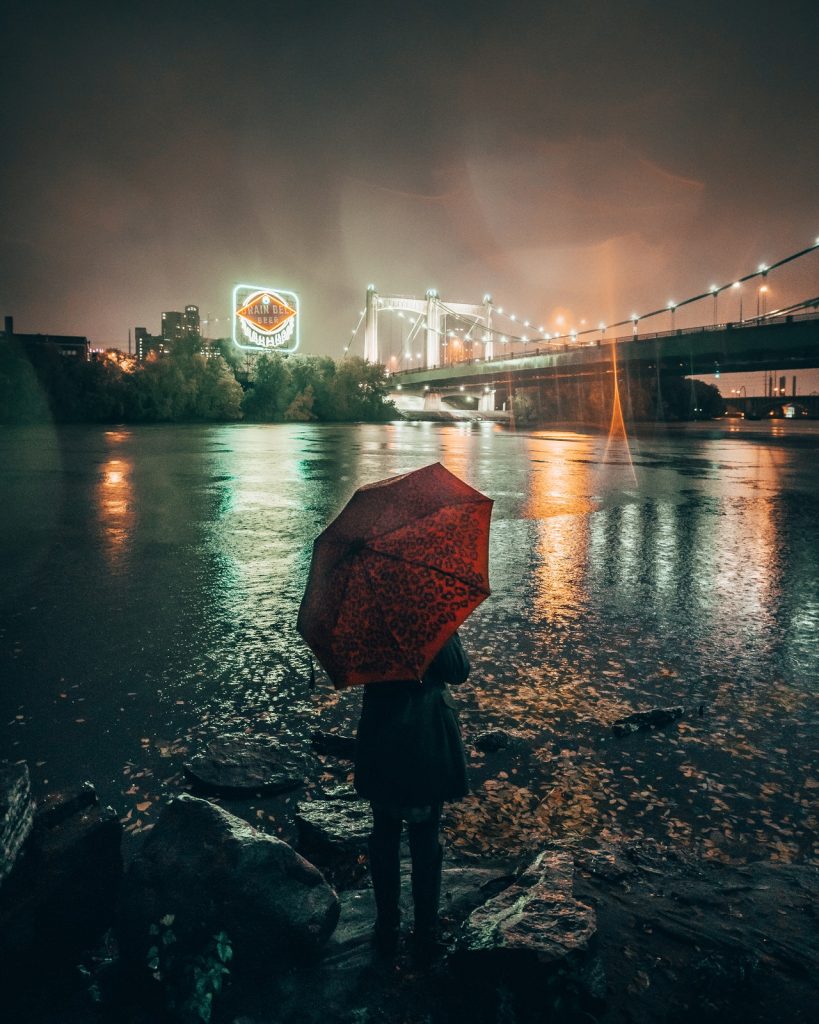
How to solve the problem of bridge function lighting
In order to reflect the continuity of street lighting, the lighting of the roadway of the bridge usually adopts the street lamp pole of the same height as the street. Because the important landscape parts of the bridge are usually above the road surface, the light poles of this height will cause a certain disturbance to the upper and forward viewpoint of the motor vehicle. Regardless of whether the styles of the light poles and the bridge itself are coordinated, their height, density and the glare produced by them have already destroyed the overall lighting effect. Even when the lights are not turned on during the day, the compact street light poles also affect the landscape effect of the bridge body in the daytime to varying degrees.
Eliminating the street lights altogether is bound to reduce the brightness of the roadway. In order to make up for the hidden safety hazards caused by insufficient brightness, the following methods can be used to resolve this contradiction: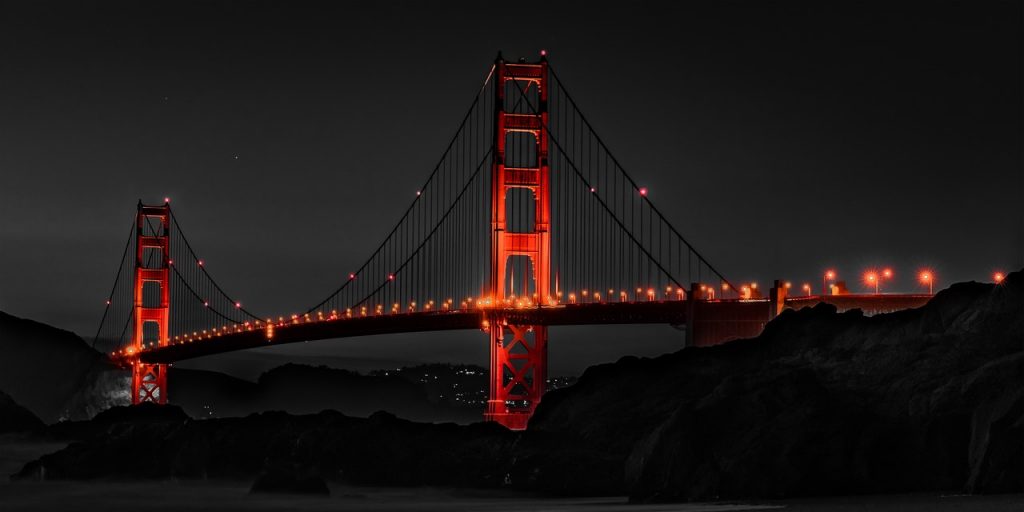
1. Reduce the number of street lights and installation density
For some necessary street lamp lighting, consider extending the installation distance of large street lamps on the bridge body to reduce the number and density of street lamps and minimize the visual impact caused by street lamps. The approach bridge part can adopt the method of gradually increasing the spacing to form the transition from street lights to bridge street lights.
2. Lower the height of the luminaire
For example, baseboard lights, underground LEDs, etc. are used.
Excessively high street lights project lights onto the road, and its lighting efficiency will inevitably be greatly reduced. The skirting lights installed close to the road directly project the light onto the road, which not only improves the lighting efficiency, but also avoids the impact on the upper and forward viewpoints. Moreover, a sense of array is formed on the ground, so that the pavement also has a certain landscape effect. The appropriate amount of point-shaped buried LEDs are used to demarcate the road demarcation line while also forming a warning for the driver and improving safety.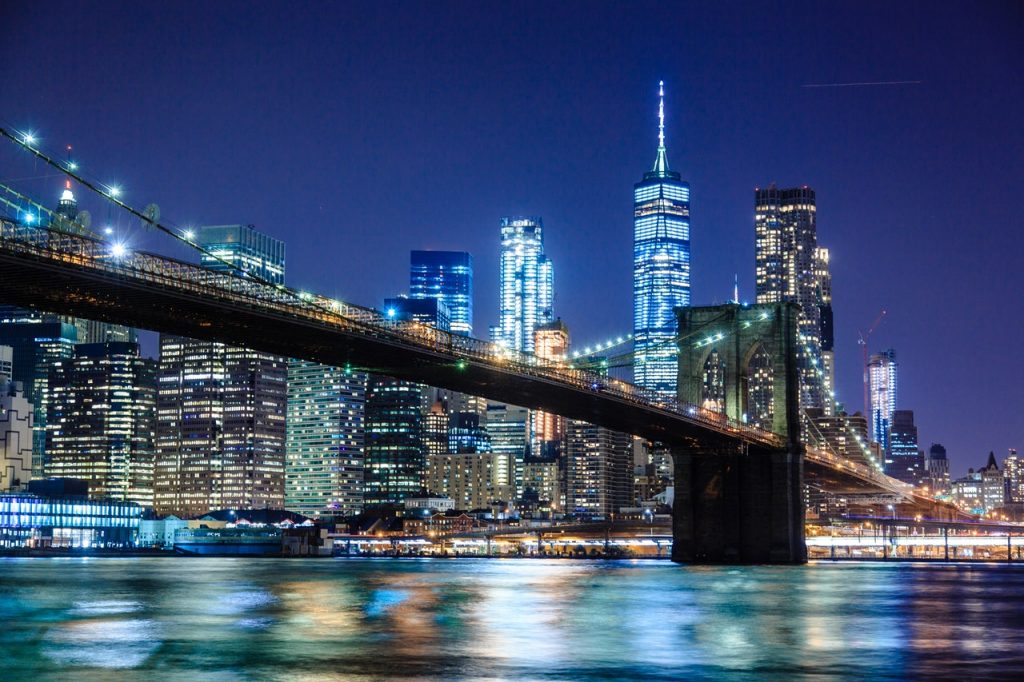
The above methods not only reduce the impact of street lights on the landscape effect, but also ensure driving safety, and at the same time reduce the difficulty of installation and maintenance. The reduction of lamps and the use of low-power lamps can also reduce electricity consumption and lower operating costs.
Misunderstanding 2, the abuse of dynamic lighting effects causes light pollution.
With the rapid development of LED lighting, today’s lighting has entered the era of dynamic lighting. In the application of bridge lighting, it is indispensable to use a large number of dynamic lighting to make the bridge lighting with a sense of modernity and technology more dynamic.
But people have overlooked an important point: Compared with the river under the bridge, the flow of traffic and people on the bridge, the bridge itself is an absolutely static landscape. No matter how calm the water surface under the bridge is, it won’t be absolutely static, and the reflection it produces won’t be motionless. Vehicles and pedestrians walking on the bridge are even more hurriedly coming and leaving. The viewpoint itself is a moving body. At this time, if we give complex and frequently changing dynamic effects to the lighting of the bridge, it will only make the overall effect of the bridge appear dazzling and chaotic.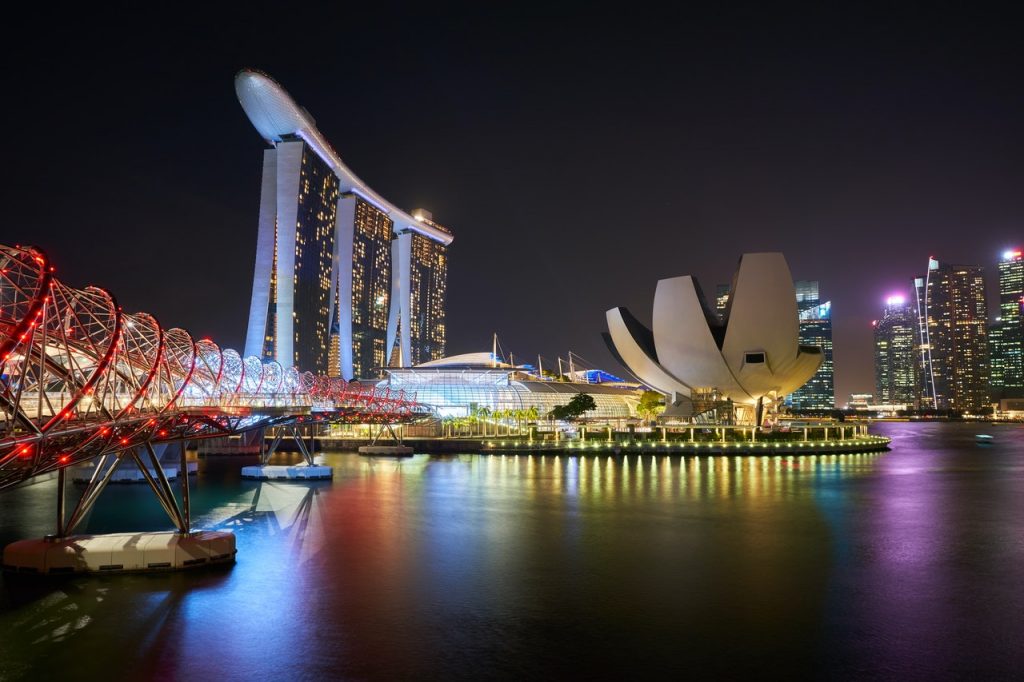
Therefore, the dynamic lighting effect of the bridge can be used, but it should be used sparingly. Even if a dynamic lighting scheme is adopted, the effect of long change cycle and slow change process should be selected as much as possible, so that close people feel comfortable, and distant viewers have a sense of expectation.
Misunderstanding 3: Too much color causes eye fatigue.
The emergence of LED lighting allows people to have more choices for the color of the light, and it also makes the form of lighting more diversified. Just like commercial buildings, the lighting of bridges has gradually adopted this new technology, trying to make the lighting effects of bridges more colorful and rich in content.
But the bridge is not a commercial space, nor does it have the rich levels and diverse shapes of commercial buildings. Generally, the appearance and structure of the bridge are concise and lively, and the main style is grand and straight. Based on such a structural main body, it is undoubtedly a superfluous move to impose a colorful commercial atmosphere.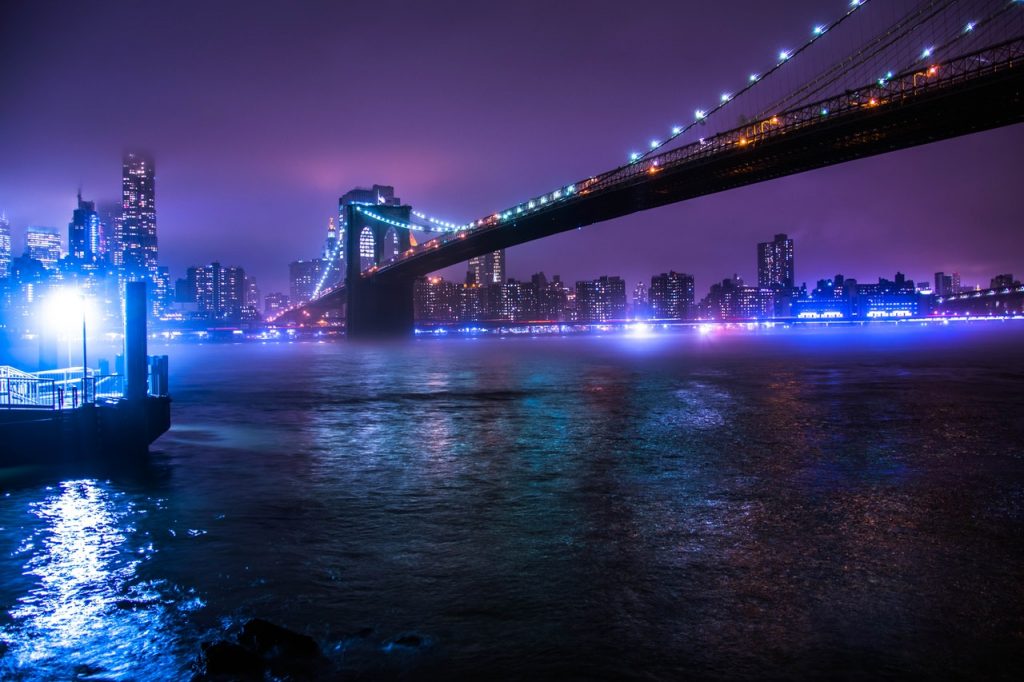
A good art painting usually only uses a few color elements. Many excellent photographs are even black and white. Regarding the lighting design of the bridge, we should treat it like creating a work of art. Although colored lighting can give people a sense of content and freshness, the presence of content does not mean that there is connotation. The sense of freshness will also cause aesthetic fatigue over time, thus falling into the vicious circle of vulgarity.
The bridge is simple and quiet. It should not be affected by the noisy commercial atmosphere of the city. It should be unique. Using a small amount of color lighting, or even using only white lighting with multiple color temperatures, can give the bridge this special landscape more connotation and more attractive.
All in all, the bridge is an important element of the city’s night scene, and it is also an essential life element in people’s lives. To create a comfortable, beautiful and reasonable bridge lighting is our common goal.

